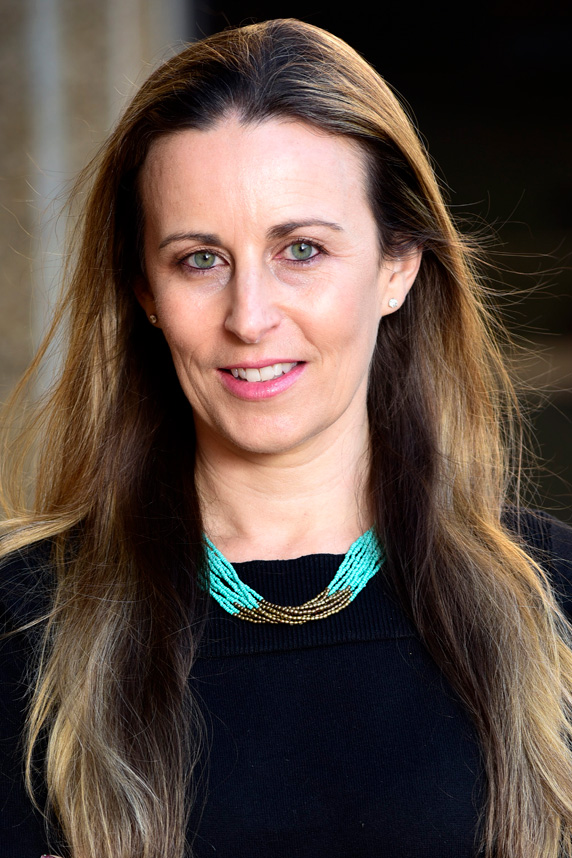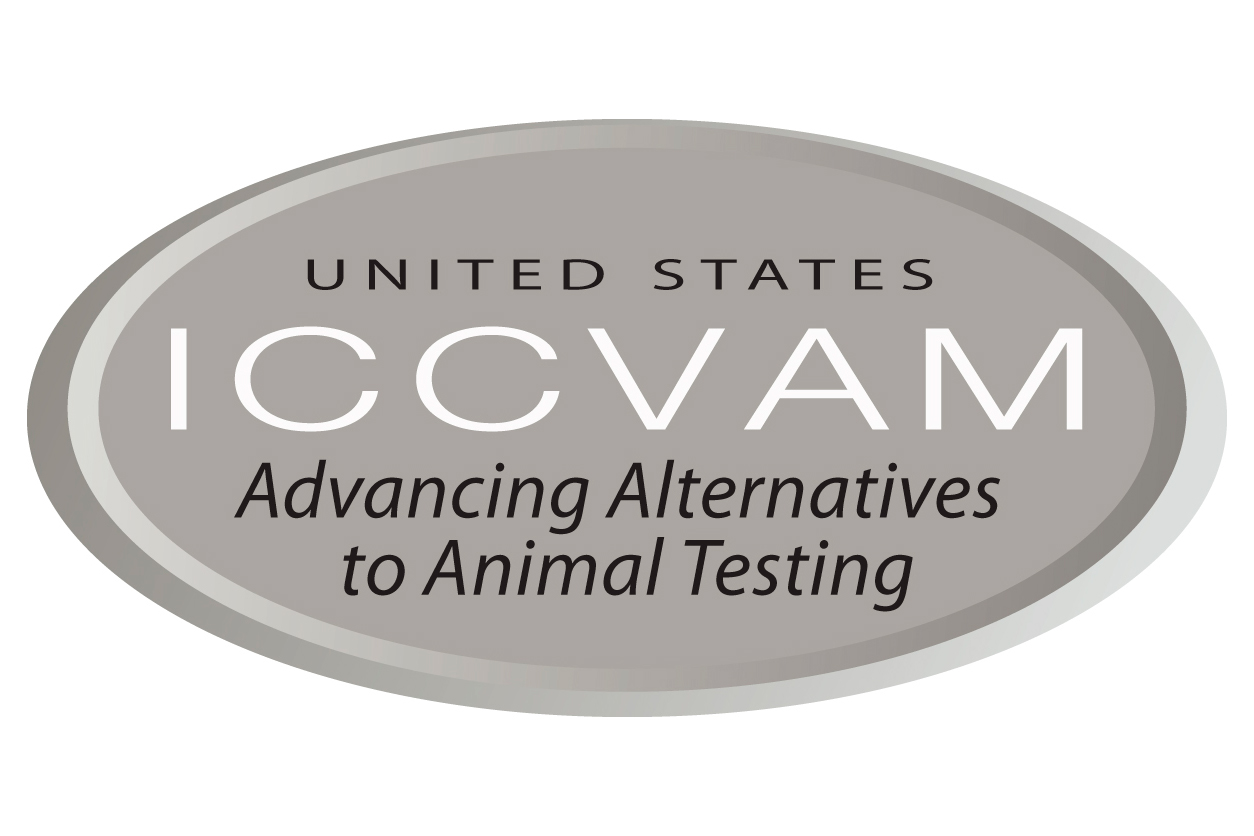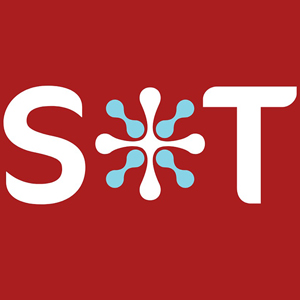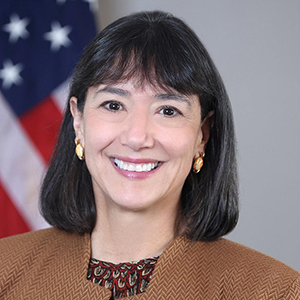Federal agencies and their stakeholders discussed both recent successes and future plans to reduce animal use in chemical safety testing at the May 27 public forum(https://ntp.niehs.nih.gov/go/iccvamforum-2021) held by the Interagency Coordinating Committee on the Validation of Alternative Methods(https://ntp.niehs.nih.gov/pubhealth/evalatm/iccvam/) (ICCVAM).
 Kleinstreuer also holds a secondary appointment in the NIEHS Biostatistics and Computational Biology Branch. (Photo courtesy of Steve McCaw / NIEHS)
Kleinstreuer also holds a secondary appointment in the NIEHS Biostatistics and Computational Biology Branch. (Photo courtesy of Steve McCaw / NIEHS)The committee is comprised of federal agencies such as NIEHS, the U.S. Department of Defense, and the U.S. Food and Drug Administration (FDA). Stakeholders include representatives from industry, academia, and animal welfare groups.
Nearly 200 people attended the meeting. Nine representatives from ICCVAM stakeholder groups presented oral statements, more than at any previous forum by the coordinating committee.
“I’m delighted that we had such a robust response to our request for public comments,” noted NIEHS scientist Nicole Kleinstreuer, Ph.D., acting director of the National Toxicology Program Interagency Center for the Evaluation of Alternative Toxicological Methods (NICEATM), which organized the meeting.
NICEATM supports research collaboration
A full day of activities featured 13 presentations from nine of the 17 ICCVAM member agencies. Representatives described efforts to reduce animal use within their agencies and by their stakeholders, as well as research activities that advance new nonanimal approaches.
Matthew Linakis, Ph.D., discussed a project by the U.S. Air Force Research Laboratory that uses computational methods to make toxicity predictions for chemical mixtures. The project incorporated data from the NICEATM Integrated Chemical Environment and predicted oral toxicity values generated by a NICEATM computational model.
Research collaborations with NICEATM and other NIEHS groups were highlighted in a presentation by William Eckel, Ph.D., from the U.S. Environmental Protection Agency (EPA) Office of Pesticide Programs. He described collaborations aimed at reducing or replacing animal use for dermal absorption, carcinogenicity, acute dermal toxicity, and fish toxicity.
 Formally established in 2000, ICCVAM includes representatives from 17 federal regulatory and research agencies. (Image courtesy of ICCVAM)
Formally established in 2000, ICCVAM includes representatives from 17 federal regulatory and research agencies. (Image courtesy of ICCVAM)Communication spurs progress
Stakeholders expressed particular interest in activities that advance alternatives to animal use in the context of regulatory requirements. Such activities were outlined by the U.S. Consumer Product Safety Commission (CPSC) and two EPA offices.
Hans Raabe, commenting on behalf of the Institute for In Vitro Sciences, said he is excited about CPSC draft guidance on use of nonanimal methods, released in March. The guidance helps stakeholders identify which test methods are deemed reliable for determining compliance with the labeling requirements under the Federal Hazardous Substances Act.
“The outcome will certainly be beneficial to industry stakeholders here in the U.S.,” Raabe noted.
Recent ICCVAM activities have encouraged interactions between regulatory agencies and stakeholders, which can help clarify those agencies’ needs and support the development of replacements for animal testing.
One such effort was highlighted by Suzanne Fitzpatrick, Ph.D., FDA principal representative to ICCVAM. FDA has established an internal webinar series that invites test method developers to showcase their especially promising methods. “It’s a way for us to see some new and exciting technologies,” noted Fitzpatrick.
Wide range of activities
“This is an excellent forum for ICCVAM member agencies to communicate how they are either intending to reduce or actively reducing animal use,” commented Kathryn Page, Ph.D., from the Clorox Company. “This meeting provided an overview of the fantastic work being conducted by member agencies and their collaborators.” Page is a member of the ICCVAM scientific advisory committee.
Although presentations focused on activities within the U.S., commenters at the meeting acknowledged the importance of worldwide agreement on nonanimal research approaches.
Charles Kovatch, from EPA, described test methods recently approved by the Organisation for Economic Co-operation and Development. One such method, which involves a new type of nonanimal approach for identifying potential skin sensitizers, was the result of an effort led by NICEATM. Other approved test guidelines describe approaches for phototoxicity, eye and skin irritation, and ecotoxicity.
Slides and video from the meeting are available on the National Toxicology Program website(https://ntp.niehs.nih.gov/go/iccvamforum-2021).
(Catherine Sprankle is a communications specialist for ILS, the contractor supporting NICEATM.)









